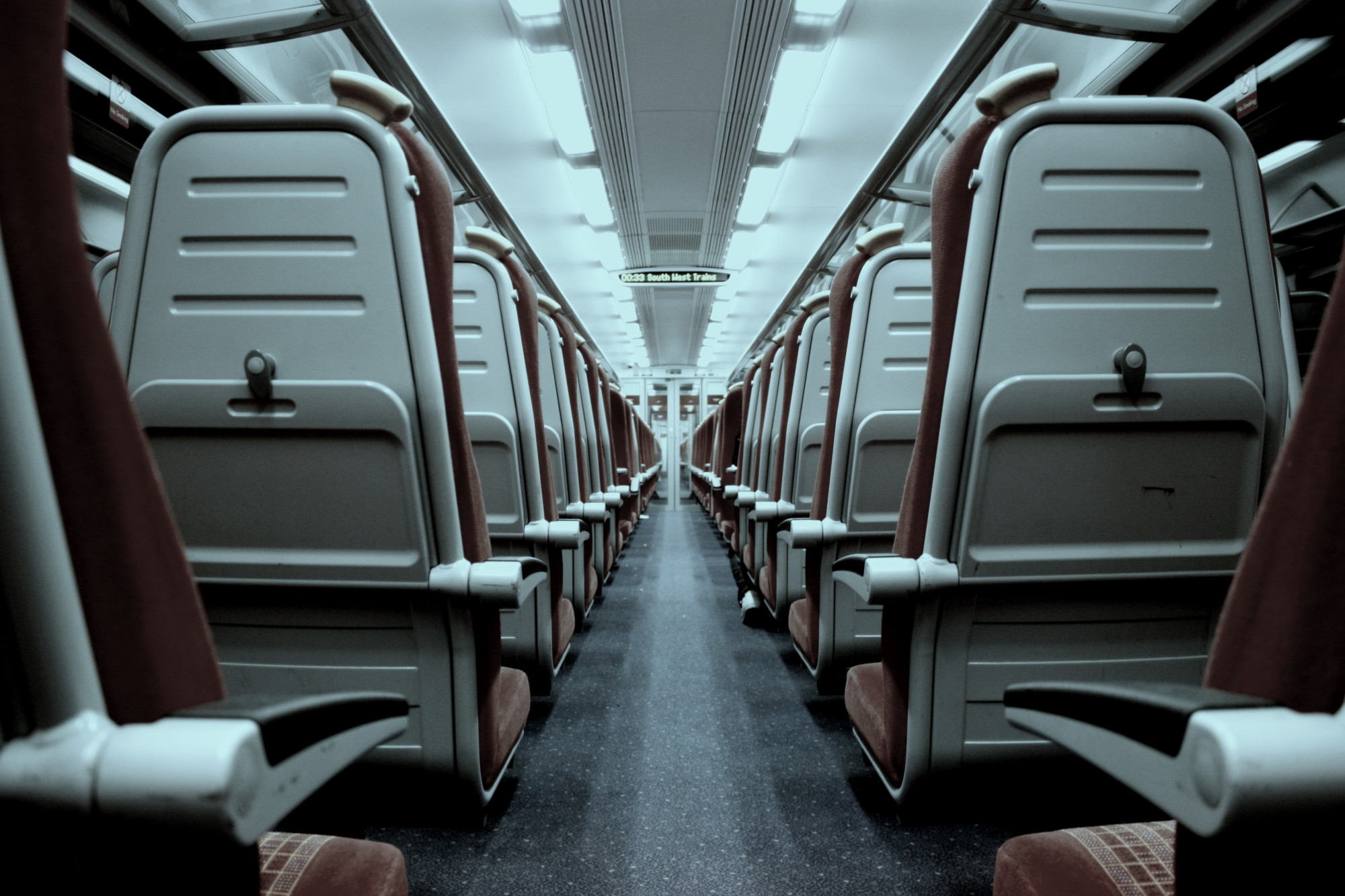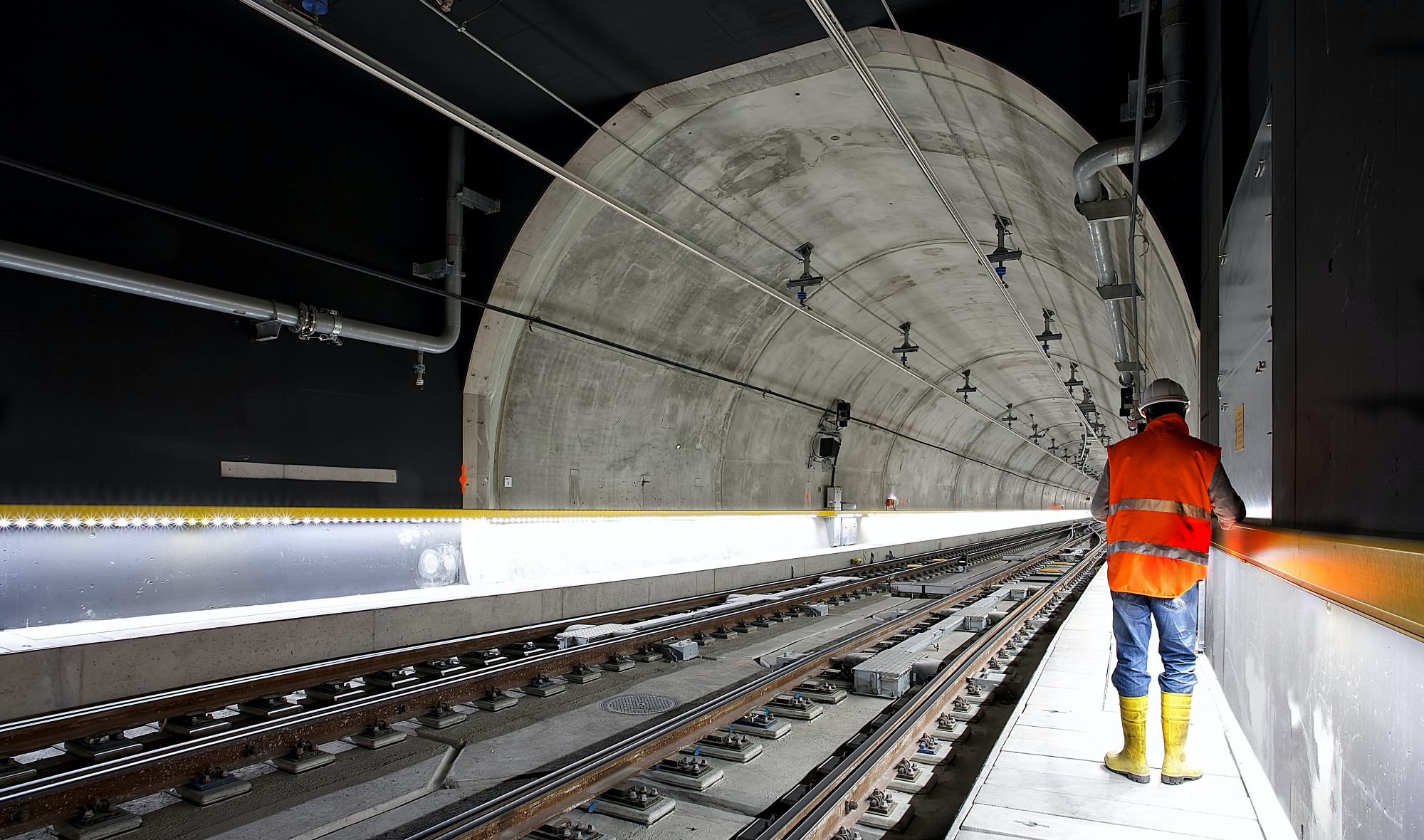Human Factors Support in Railway Systems: Enhancing Safety, Efficiency, and User Experience
The development of new railway systems encompasses a wide range of components, from stations and buildings to control rooms, depots, tracks, rolling stock, and level crossings. Ensuring the safety, efficiency, and positive user experience for a diverse range of users, including passengers, operators, maintainers, and station staff, is paramount in creating a successful railway network. Human Factors (HF) plays a pivotal role in all aspects of railway system design and operation, from the early concept stage to the final certification, providing comprehensive support to prioritize human needs and optimise system performance.

Putting People First: Human Factors and Ergonomics Design
Human Factors and Ergonomics Design prioritise the needs of users, including operators and maintainers, over forcing them to adapt to or cope with the design. It is a structured, scientific, and evidence-based approach that aims to build systems that fit the job to the human rather that forcing the human to fit the job. As we envision the future of railway transportation, the integration of advanced automation and innovative technologies promises to revolutionise the railway industry. Alongside this transformation, Human Factors (HF) will continue to play a pivotal role in developing new railway lines that prioritise safety, efficiency, and user experience.
In the conceptualisation of future railway lines, HF experts collaborate with stakeholders to explore how advanced automation and innovative technologies can best serve the users. Understanding the capabilities and limitations of automation and artificial intelligence is crucial to strike the right balance between automated processes and human involvement. HF professionals engage with potential users, including drivers and signallers, to gather feedback on their expectations and concerns regarding automation and technology integration.

The Importance of Human Factors for All Railway Users
In terms of passenger experience, HF helps to define the experience and service principles alongside personas of passenger types. Personas enable designers to conceptualize individual differences and diverse requirements of wide range of users, ensuring a comprehensive understanding of user needs. HF analysis also extends to assessing the operational and maintenance capabilities essential for delivering a positive and seamless passenger experience.
HF considerations in the design of rolling stock, cabs, and control rooms directly impact operator efficiency. Ergonomically designed cabs and workspaces reduce workload, reduce the chances of operator error, and improve the ease of operation, leading to better train handling and more reliable performance. HF professionals also analyse operator and maintainer tasks, to identify potential challenges and hazards, enabling the design of systems that properly support efficient, effective, and safe task execution.
Similarly in terms of maintainer safety and efficiency, HF principles applied to rail depots and maintenance pit operations reduce physical strain and the risk of musculoskeletal diseases or injuries for maintainers. Ergonomically designed workstations and tools ensure that maintenance tasks can be performed comfortably, efficiently, and safely.

Human Factors Input at Different Stages of a New Railway Line Project
1. Concept Stage:
HF experts collaborate with stakeholders to identify user needs and requirements across various railway systems that human users interact with. Human-centred design principles are applied to understand the characteristics and preferences of different user groups, including passengers of all ages and abilities, operators, maintainers (both system and track maintainers), and station staff.
2. Planning and Design Stage:
During the planning and design stage, HF plays a significant role in various aspects of railway system components:
Stations and Buildings: HF considerations lead to the creation of passenger-friendly stations with efficient wayfinding, clear signage, accessible facilities, and comfortable waiting areas. HF input also ensures that station staff have ergonomic workspaces to enhance their efficiency and well-being. For future railways, HF input will ensure that automated stations and buildings are user-friendly, with intuitive interfaces for ticketing, wayfinding, and passenger assistance. Integrating automation with human support systems ensures a seamless experience for passengers while maintaining accessibility for all.
Control Rooms: HF expertise is crucial in designing operator-centric control rooms with fit-for-purpose workstations, displays, and interfaces, and that facilitate effective and efficient human-automation collaboration. Workstations and interfaces that are designed with human-centred philosophy facilitate optimal decision-making for signallers with clear situational awareness and operational support, enhancing the efficiency and performance of railway operations.
Rolling Stock: HF supports the design of rolling stock with ergonomically designed cabs, saloons, and control interfaces, ensuring a seamless and comfortable experience for both operators and passengers. For the next-generation rolling stock, this will ensure that drivers can seamlessly switch between automated and manual modes, with interfaces optimised for situational awareness and safe, efficient operation.
Track and Infrastructure: HF experts assess track layouts, level crossings, and other infrastructure elements to minimise potential hazards and ensure safety for maintainers and users. For advanced track and infrastructure, HF experts assess the integration of innovative technologies into track and infrastructure design, ensuring that maintainers can safely interact with and monitor automated systems.HF also provides maintainers with proficiency in AI / automation interpretation and data analysis. This can enhance data management for Remote Condition Monitoring (RCM) systems, facilitating valuable insights from real-time data, and support maintenance decision-making.
3. Development and Testing Stage:
During the development and testing stage, HF professionals conduct prototype testing, usability evaluations, and mock-up trials to evaluate and prove the design's usability, identify potential issues, and gather valuable user feedback. This iterative process allows designers to refine the system based on user input, leading to a more user-friendly and efficient railway system. Additionally, HF input extends to operator training programs to ensure that operators are well-prepared to handle various scenarios and are familiar with the system's interfaces and controls.
4. Implementation Stage:
In the implementation stage, HF plays a crucial role in integrating various systems to ensure seamless operation. HF experts collaborate with safety management teams to develop user-centric safety procedures and protocols, prioritising the well-being of all railway users. This stage also involves HF assessments of workspaces and maintenance procedures to enhance efficiency and safety for maintainers. HF also supports the integration of automation and innovative technologies (such as task automation and AI) within existing railway systems. Training programs for drivers, signallers, and maintainers ensure they can effectively interact with and monitor automated processes while maintaining situational awareness and suitable and sufficient levels of skill.
5. Operation and Maintenance Stage:
HF considerations continue into the operation and maintenance stage of new railway systems. HF experts contribute to the analysis of operational and maintenance capabilities required to deliver optimum passenger experience and maintain efficient and safe operations. For maintainers, HF input also ensures that maintenance tasks, tools, and workspaces are designed to minimise physical strain and improve overall safety. In the operational phase of future railway lines, HF continuously monitors the interaction between humans and automation. Ongoing training and retraining programs for operators and maintainers ensure they stay up-to-date with technology and maintain their skills.
6. Incident/Accident Prevention:
In the unfortunate event of incidents or accidents, HF experts conduct detailed investigations to identify root causes related to human factors and system design. These insights enable the development of preventive measures to avoid similar incidents in the future, contributing to overall railway safety. With the introduction of automation and innovation, HF is instrumental in identifying potential risks and hazards, analysing the root causes of incidents and accidents, which consider human-automation interactions and system failures to enhance safety and reliability.
7. Certification Stage:
Regulatory bodies often require evidence of HF considerations in design, operations, and maintenance to ensure passenger safety and overall system reliability. HF experts provide documentation and evidence to support the certification process, reinforcing the railway's commitment to safety and user-centric design. This includes validating station layouts, control room design, rolling stock ergonomics, and maintenance processes. For future railways, HF input also provides evidence of user-centric design and consideration of safety measures with automation and innovation. Regulatory bodies expect comprehensive documentation of HF considerations in the design and operation of advanced railway systems.
The integration of Human Factors support throughout the entire lifecycle of new railway lines is essential for ensuring the safety, efficiency, and satisfaction of all railway users. In embracing automation and innovation in new railway lines, HF support remains an indispensable component of success. By putting users, including drivers and signallers, first and considering the capabilities and limitations of automation, HF ensures the safety, and user experience of the railway network. As technology continues to advance, the integration of HF and its principles will continue to be at the forefront of creating a seamless and sustainable future for railway transportation. Together, automation, innovation, and HF will lead to a transformational railway network that meets the needs of a diverse range of users while setting new benchmarks for safety and operational excellence.
Written by:

Dr Eylem Thron
Principal Human Factors Consultant
Eylem is a Chartered Ergonomist with a PhD in Engineering and MSc in Human Factors, who has over 10 years experience across aerospace, defence and rail. Her focus is on user-centred design and accessibility and has worked on such high-profile projects as Crossrail and Thameslink.